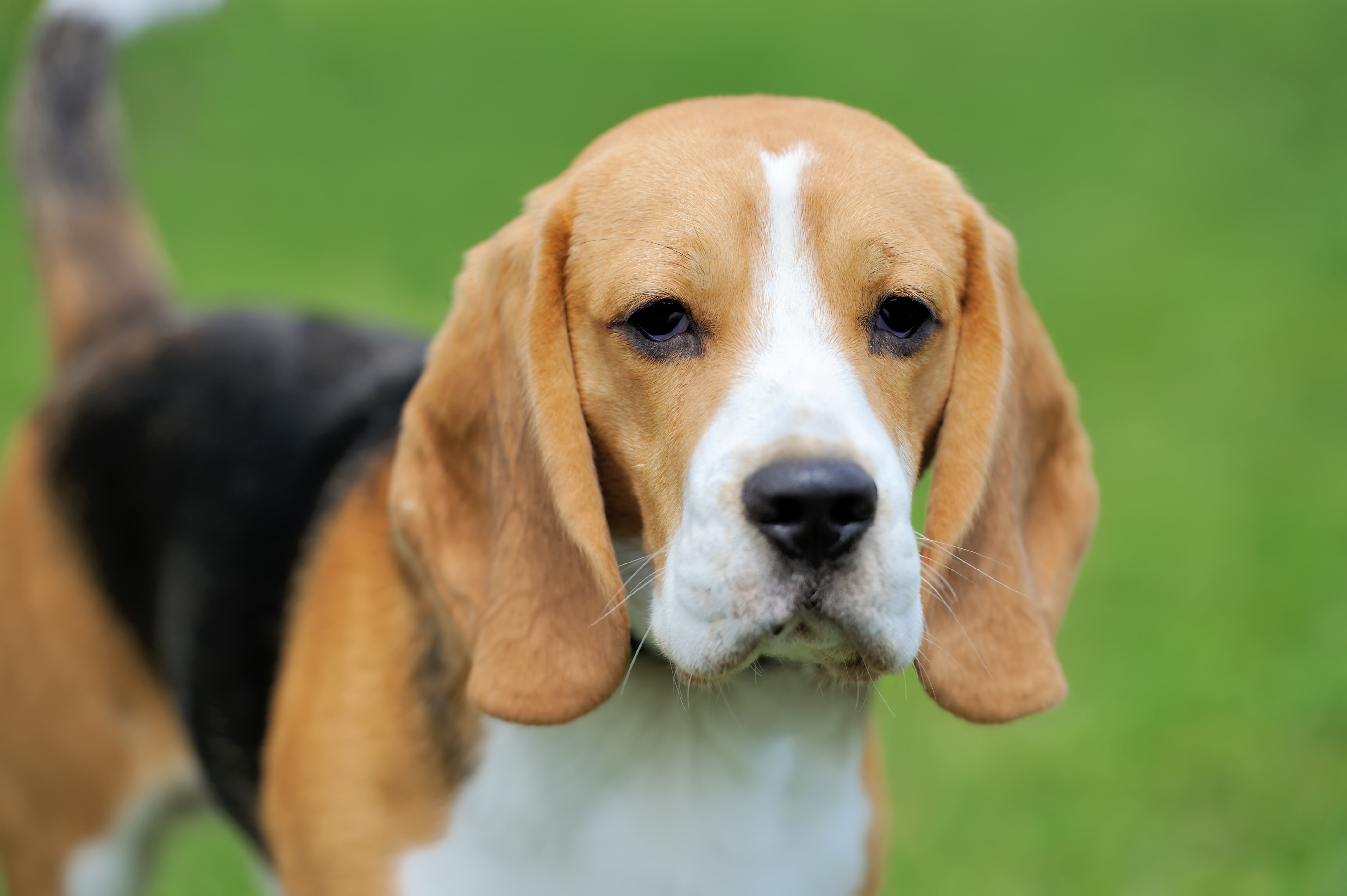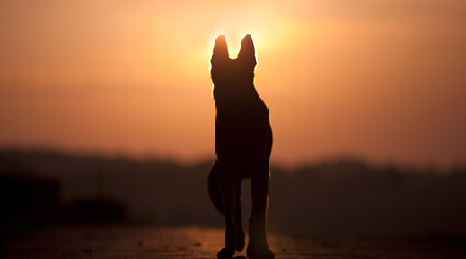Summer Guide to Grooming your Dog
Back to Pet Blog

Dogs come in all kinds of different shapes and sizes, but as the weather is currently at its peak here in the UK, its worth knowing how often our dogs should visit the local grooming salon during the summer months. For dogs with thick or long coats it can get particularly uncomfortable for them during this period, so it’s important to take extra precautions with haircuts and grooming on a regular basis.
Warm weather aside, dogs with particularly long, thick or wiry coats tend to pick up debris and dirt out on their walks. This can cause irritation as their coats matt and debris aggravates their skin. Moreover the last thing you want as an owner is a house full of leaves and mud after a long walk out in the fields! Because it’s difficult to know exactly when and how often you should be taking a trip to the doggy salon, we’ve complied this guide of expert advice and a few helpful tips on DIY dog grooming.
The Wire-Haired Breeds
Affenpinschers, Otterhounds and Scottish Terriers are some examples of dogs with wirehair coats. Whilst bristly wirehair dogs aren’t supposed to be as soft and silky as their longhaired friends, they do require a similar amount of grooming. Wirehair coats must be hand-plucked or stripped on a regular basis to prevent matting, something you will likely prefer to leave to a professional groomer. However if you’d prefer to go DIY on your dog, here are some tips:
Use your fingers or a stripping knife, life the Pro Tech knife, to pluck out any hairs that look old or dull. This will encourage new, healthy hairs to grow. Although this process is time consuming, it will get your dog looking their best. If you have a small, excitable or easily distracted dog, it’s a great idea to invest in a dog-grooming harness. This will ensure that your dog doesn’t accidentally fall off the grooming table or wander away, making your job a whole lot easier!
If you don’t have time to do the job all in one go you can roll the coat, which means plucking it a bit at a time or whenever you see a dead hair. To pluck the hair, pull the skin taut and grip a few hairs at a time, pull them down and out in the direction that the hair grows. If you struggle to get hold of the hair, try using a grooming powder like Groom Professional’s Ear Powder to help you grip. Wiry haired dogs should be bathed once every 12 weeks without conditioner and should be towel dried.
The Smooth-Haired Breeds
Generally speaking dogs with smooth coats tend to have short hair. This means they chill easily in cold weather but keep cooler during the summer months, so you don’t have to worry about overheating from lack of grooming. You also won't have to spend a lot of time pampering your smooth-coated pooch, as they require the least maintenance of all dog breeds. For the most part, you can get by with brushing your dog no more than a few times a week.
Some groomers divide dogs with smooth coats into three categories: smooth coats, short coats and combination coats. Smooth coats include boxers, Dobermans and Pointers. Short-coated dogs include Labrador Retrievers, Beagles and Pugs, whilst Border Collies and Golden Retrievers tend to have short smooth coats on some parts of the body and longer coats on other parts, making them combination coats.
Although smooth coats are relatively low maintenance they do tend to molt quite a lot, meaning that hairs can accumulate on clothes and furnishing. Despite this, smooth haired dogs are relatively clean and don’t really smell. Brush your smooth haired dog using a bristled brush, like the Pet Mate Fur Buster. This particular kind of dog needs to be bathed around once every 12 weeks, using a regular dog shampoo and conditioner. Towel dry as much as possible following their bath and finish up with a hairdryer.
Medium-haired or Double Coated Dogs
A good brush and an occasional trim will keep your medium-coat companion looking good. These dogs do have a bit more hair than their smooth-coated counterparts, but are still fairly low-maintenance. Dogs with medium coats are often northern breeds that have relatively short but thick hair, about an inch in length. Many of these medium-haired dogs have double coats, with short, soft hair close to the body and a longer exterior coat. This double layer helps the dog to regulate their body temperature, keeping cool in the heat or warm in the cold. German shepherds and Siberian huskies are two breeds with double coats.
To keep your dog’s coat in good shape you will need a slicker brush and a molting comb such as Rosewood Salon’s. Use the slicker brush to comb the undercoat and overcoat. If the dog’s hair is long, separate it into sections with your hands and then brush through. This should begin to remove loose hairs and get rid of any tangles. If you are struggling with tangles, try using a conditioning spray like T.H.E Stuff. After you have brushed the coat, go over it with the molting comb, this is necessary to remove any remaining loose fur. To ensure that you keep your house hair free, it’s recommended that you bathe and groom your double-haired dog every 4-8 weeks, brushing and combing after each bath. Because the double-coated canines need a little extra TLC, it might be worth checking them in to the doggy salon every other grooming session to give yourself a break!
Whether your dog is longhaired, shorthaired, wiry, double coated or smooth, it’s important that your pet gets the TLC they need. Keeping on top of grooming also means less hassle for you and your dog in the long run, as your house stays clean and your dog looks and smells great.
The Longhaired Breeds
A few common longhaired dog breeds include Setters, Afghan Hounds, Samoyeds, Border Collies, Leonbergers and Lhasa Apsos. These longer-haired dogs require much more regular care and maintenance in comparison with their shorthaired counterparts. This is especially true during their seasonal shed that happens twice a year, as longhaired dogs require daily brushing during this time. So if your dog has long hair you should implement the following doggy grooming routine…
Before giving your dog a bath try and brush out any big tangles with a smooth brush, like the Ball Pin Slicker Brush, as these tangles can become worse during shampooing. Then, take a bristle brush and comb through to remove dead hair. This will save you a lot of mess after bath time and make the grooming process quicker! Next, get your dog in the bath and shampoo using a doggy shampoo appropriate for your dog’s skin. Frontline Pet Care offers a great all round longhair shampoo, whilst Pet Head’s Life’s an Itch shampoo is great for dogs with dry or sensitive skin.
After bathing, blow-dry your dog’s coat with a human hairdryer to avoid tangling. If your dog has a long, parted coat, ensure that you part the coat along your dog’s spine. Once finished, use scissors to clip the hairs on your dog’s underside and paws. Finally, comb the hair on your dog’s ears, face and head using the bristle brush.
To keep your dog’s coat at its finest and under control, longhaired dogs require daily brushing and grooming. You should also aim to bathe your longhaired dog once a week. Although this may sound like a hassle, it will save trouble in the long run by keeping on top of tangles!
Final tip, NEVER shave double coated breeds such as the Great Pyrenees. You may think you’re doing them a favour by clipping down their long coat but in actual fact, it keeps them cooler throughout the warmer months. Just make sure that their coat is kept in immaculate condition so they can regulate their temperature correctly.
Article posted on 14th July 2017 written by Holly Barry

Other pet deals you might like

Human Food for Dogs - Can & Can not eat list
Did you know that French fries are the equivalent of poison for dogs? Yes, neither did we. So many times, we share human foods with our dogs without really giving it a second thought, and that is a reflex we should change.Assistance Dogs - Behaviour Guide
There are over 7,000 disabled individuals in the UK* who rely on assistance dogs to help with simple everyday task in addition to providing emotional support and giving each individual greater confidence, assistance dogs are life savers. They really do change lives. How to take part in National Pet Remembrance Day
How to take part in National Pet Remembrance Day
All pet owners know that after introducing an animal into their home, these furry, scaly or feathered friends swiftly become part of the family. They’re there for us when we’re down, never judgmental and always around to lighten the mood. It’s therefore always a difficult time when a pet dies.How Animals Can Help Children with Emotional Disabilities
It has been a long-standing fact that animals have a connection with people that goes beyond the physical touch. This is why we have so many outstanding organizations across the world that work with children and adults with physical disabilities to help them achieve a better way of life.
